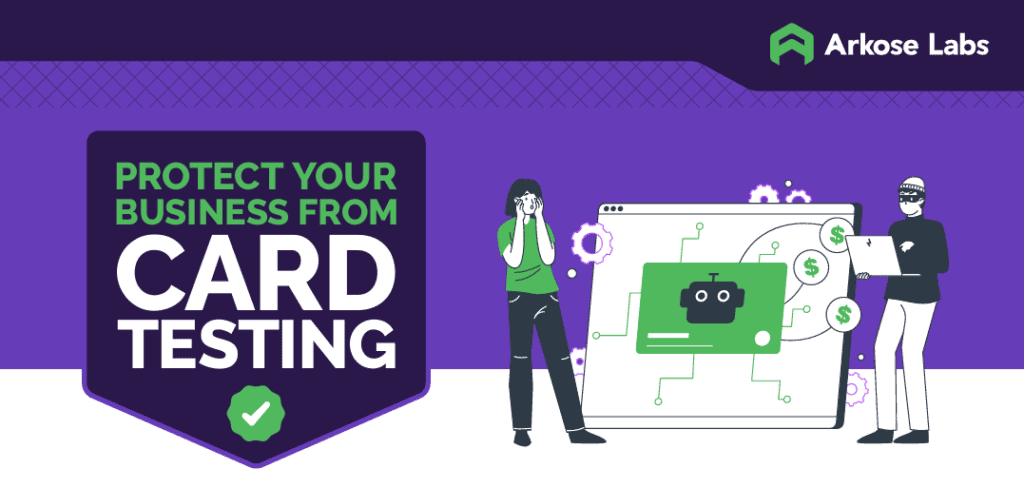Protect every account with adaptive defenses against bots, fake users, phishing, scraping, and account takeovers.
-
Email Intelligence
Detect fraud by analyzing hidden email risk signals.
-
Device ID
Instantly identify risky devices across your ecosystem.
-
Phishing Protection
Shut down phishing threats before users are harmed.
-
Arkose Scraping Protection
Prevent scraping attacks and protect your digital growth.
Defend your platform from account takeovers, fake signups, API exploits, SMS fraud, and evolving attack techniques.
Arkose Labs tailors account protection for banking, fintech, gaming, retail, travel, and other digital industries.
-
Banking
Safeguard online banking against fraud and takeovers.
-
Fintech
Protect wallets, apps, and digital payment platforms.
-
Gambling & iGaming
Keep platforms fair and prevent account abuse.
-
Travel & Hospitality
Secure bookings, logins, and loyalty points.
-
 Video Gaming
Video GamingStop bots, fake players, and in-game fraud.
-
Media & Streaming
Prevent account sharing and content abuse.
-
E-commerce & Retail
Block fraud and protect checkout processes.
-
Technology Platforms
Protect platforms with adaptive detection.
-
Gig/Sharing Economy
Secure rides, rentals, and user trust.
-
 Telco
TelcoDefend carriers against SMS and toll fraud.
Arkose Labs protects account integrity and builds customer trust with adaptive defenses and proven enterprise results.
-
Customers
Learn how Arkose boosts security and trust.
-
Compliance
Meet global standards with Arkose assurance.
-
Industry Recognition
Awards and analyst validation. Safeguard online banking against fraud and takeovers.
-
Arkose Cyber Threat Intelligence Report (ACTIR)
Safeguard online banking against fraud and takeovers.
Access Arkose resources—reports, case studies, webinars, tools, and expert insights to protect accounts and platforms.
-
ROI SMS Toll Fraud Calculator Training / Education
ROI SMS Toll Fraud Calculator: Estimate impact and savings.
-
Threat Actor Behavior Report Featured
-
CISO 2025 Report Featured
-
What is Arkose Labs? Featured

Learn about Arkose Labs—our leadership, partners, careers, and mission to secure digital experiences.
-
About us
Our mission, values, and history. mission, values, and history.
-
Leadership
Trusted technology and channel partners.
-
Careers
Trusted technology and channel partners.
-
Partners
Trusted technology and channel partners.


